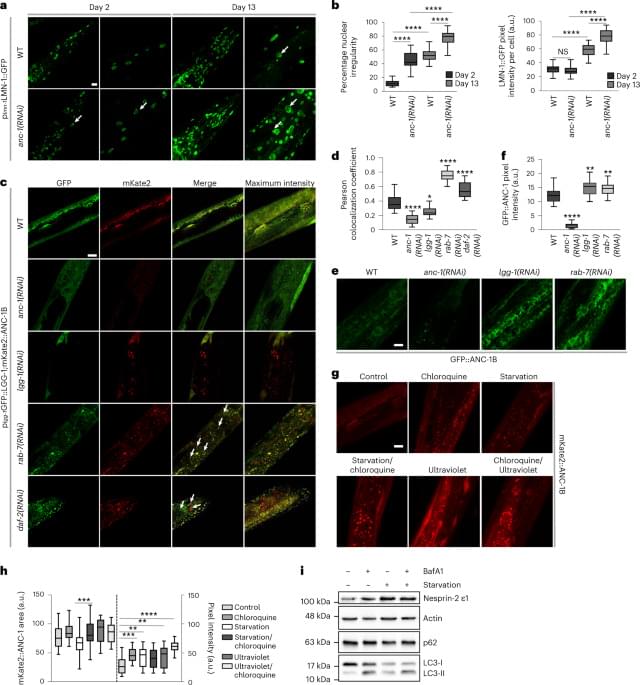Commercial Purposes ► [email protected].
–
What is the Drake Equation? We are talking about The Odds of ALIEN LIFE.
Is there life out there in the Universe?
How are the chances to find Extraterrestrial life?
We don’t know the answers to a lot of questions, for example:
How many alien societies exist, and are detectable?
Even though we don’t know how to answer such a question, we can at least try to figure it out with a little help from our beloved…Math.
First, we have to have a pretty good idea about how the universe works, and of course about the star and planetary formation, as well as conditions for life as we know it. This means we have to study and collect a lot of data. Luckily for us, we – humans — aren’t so bad. Physics, astronomy, chemistry, biology and all-natural sciences offer us the hints for the mathematical set of parameters that will give us an equation to calculate the number of alien societies that exist and are detectable.
Second, one has to sit down and think about which parameters should appear in the equation, and which not.
Do you think it’s difficult? I think so.
But luckily for us, in 1961 scientists Drake came up with a famous equation, that estimated the number of transmitting societies in the Milky Way Galaxy…
-
“If You happen to see any content that is yours, and we didn’t give credit in the right manner please let us know at [email protected] and we will correct it immediately”
“Some of our visual content is under an Attribution-ShareAlike license. (https://creativecommons.org/licenses/) in its different versions such as 1.0, 2.0, 30, and 4.0 – permitting commercial sharing with attribution given in each picture accordingly in the video.”
Credits: Ron Miller, Mark A. Garlick / MarkGarlick.com.






